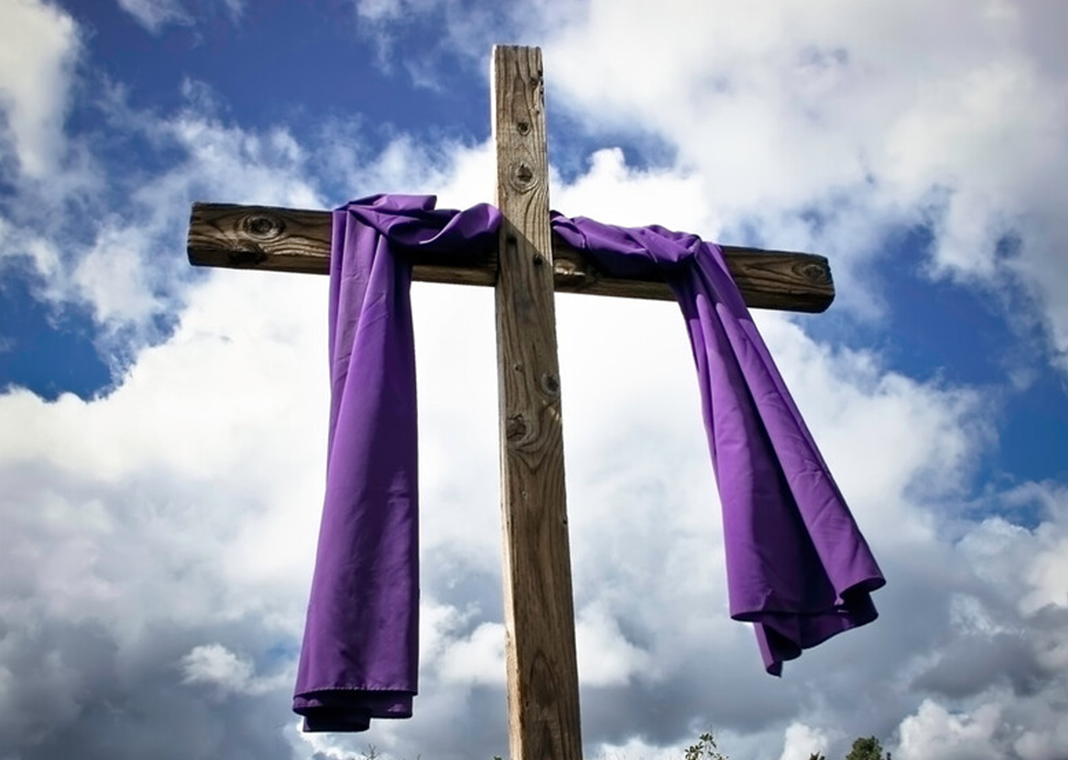
“So, what are you giving up for Lent?”
This is a common question among Catholics, young and old alike. But Lent is about more than giving something up. Through the disciplines of prayer, fasting, and almsgiving, Lent prepares us for Easter. Yet when young people focus on what they give up for Lent, this season may have no lasting impact on them. How can we help them see what Lent is really about? How can we help them understand that the sacrifices they make during Lent are worthwhile?
The meaning of Lent is found not in itself, but in its destination. It’s more than interior housekeeping for its own sake. Lent is our journey toward the light of the Risen Christ; it is a journey to rediscover our identity in the waters of Easter.
In the document Sacrosanctum Concilium (Constitution on the Sacred Liturgy), the Church identifies two purposes of Lent: 1) to prepare for the Paschal Mystery through works of penance and 2) to recall or prepare for Baptism. (Sacrosanctum Concilium, 109) We need to keep these purposes in mind as we develop our lessons about Lent.
Sin and Penance
Sacrosanctum Concilium says we should teach four things about the penitential nature of Lent:
- Sin has social consequences. Help students know that sin affects not only themselves, but others.
- Penance is a virtue. Teach that penance is a way of making reparation; it is good medicine that makes us stronger in the face of temptation.
- The Church plays a role in doing penance. The Church invites the faithful to do penance, namely through prayer, fasting, and almsgiving. Provide opportunities for students in grades three and up to celebrate the Sacrament of Penance and Reconciliation.
- Pray for sinners. Explain that we have a duty to help others resist the temptation to sin by praying for them. Include such prayers in the classroom as much as possible.
Penance is not just personal and internal; it has an external and social dimension as well. (Sacrosanctum Concilium, 110) Use the classroom to explore the social dimension of penance. Give students an opportunity to share and discuss what they are giving up as well as what they are “adding in.” Use a group examination of conscience to prepare for confession. Share and encourage prayer for one another, and provide group avenues for charitable giving in class and in the home.
Coming to the Water
The penitential practices of Lent are meant to prepare the faithful for Lent’s ultimate destination—the Easter Triduum. Make sure the children know Easter is the reason we have the season of Lent. At Easter, we celebrate Jesus’ rising from the dead and we renew our baptismal promises as we are sprinkled with newly blessed holy water. During the last class before Easter, discuss how they can fulfill their baptismal promises.
Lent is a community pilgrimage of fasting, prayer, and giving alms. This pilgrimage brings us to the waters of Easter, where we will rededicate ourselves as Christ’s people. Refreshed by the waters of his grace, we are empowered to spread the message of God’s love in word and action.





Be the first to comment